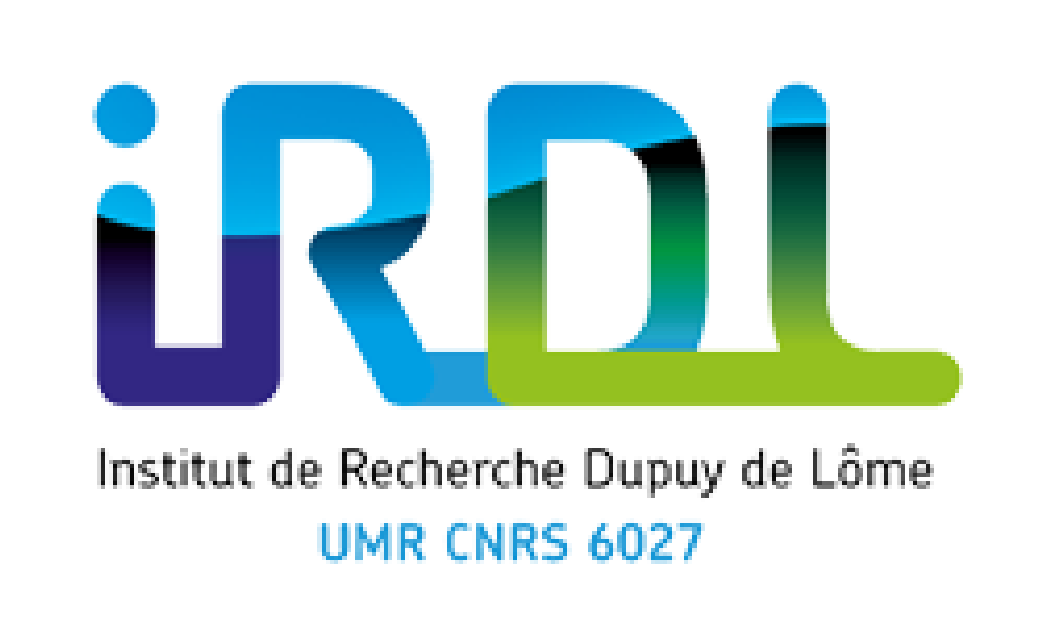Description : With the increase of violence by firearms, Western nations are faced with the challenge of ensuring the security of civilian populations and keeping critical infrastructure operational, while protecting their armed forces. Ballistic impacts induce severe and impulsive stresses on receiving materials and structures, which can lead to their failure. In the aim of ballistic protection, the development of shielding solutions must include the study of an appropriate response of the materials used. Some of the energy dissipating mechanisms thus identified may be delamination, crack propagation or compaction, in addition to material deformation. In order to optimize the energy dissipation involved during an impact, the project proposes the study of energy dissipation by cavitation in a solid matrix filled with a fluid. Indeed, under the effect of an impulse loading, the fluid may encounter conditions favorable to cavitation and this phase change will consume energy. Overall cavitation can also generate a thrust opposing the projectile’s advance and cause the matrix to burst, thus acting as reactive armor. The matrix of interest could be a 3D printed structured material. The project is essentially an experimental approach with the support of theoretical approaches and numerical simulation which are declined in several scientific challenges including :
– the generation of short and intense shocks using a pulsed laser, impact of projectiles, Hopkinson bars, shock tube,
– the detection, by an appropriate method, of the pressure signals resulting from the propagation of the waves, by pressure sensors or Laser Doppler interferometer,
– interpretation of the signals by an adapted processing,
– the relationship between the loading, size and number of fluid cells and the nature of the cavitating fluid.
– Development of simplified models to quantify the dissipated energy.
Keywords : ballistics; Impacts; cavitation, fluid mechanics, experiments, numerical simulation, dynamics behaviour of materials, shock wave
Place : at ENSTA Bretagne, Institut de Recherche Dupuy de Lôme (IRDL, UMR 6027 CNRS), Brest, France
ENSTA Bretagne, engineering school with a multidisciplinary vocation, educates engineers (civil and military) capable of ensuring, in an international environment, the design and realization of complex industrial systems with a focus on mechanics, electronics and information technology. IRDL is a young Research Institute, created in January 2016 and associated with CNRS. It now has more than 290 members (110 teacher-researchers, 120 PhD students, 15 postdocs, 45 technical and administrative staff …). The proposed position is related to the research activities of the IRDL’s pole No. 3 « Fluids, structures and their interactions ».
The applicant must have a PhD and be a European citizen or from a NATO country. The applicant should have knowledge in dynamic behavior of materials and fluids, explicit numerical simulations, and an attraction for shock and impact experiments. Knowing French would be a must but not mandatory.
Duration : 24 months
Salary : around 2000 euros/month
Contact : Dr Michel Arrigoni, Michel.arrigoni@ensta-bretagne.fr or +33298348978.

